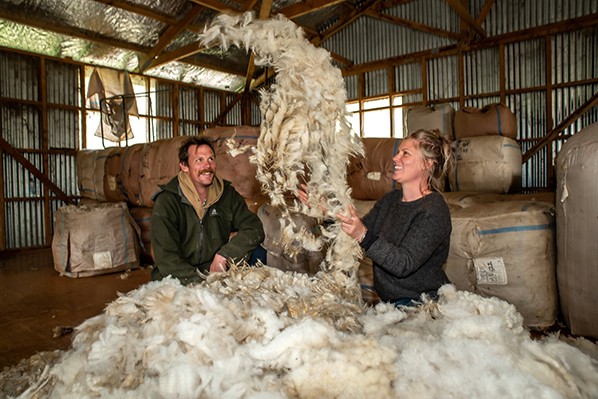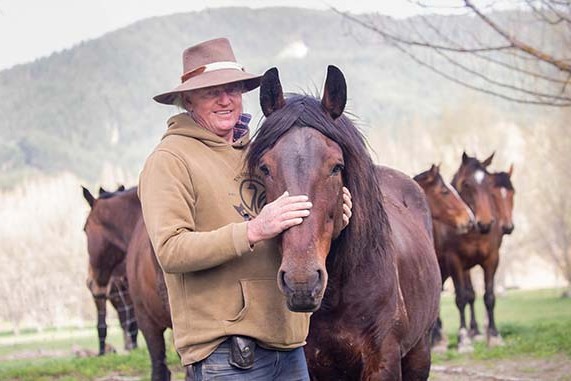Tim Fulton
Broadcasting funder NZ On Air is being asked to backtrack on a policy forcing primary industry to stump up for farming stories on television.
Rural Delivery this year relied on a producer dipping into her own pocket to keep the free-to-air show running into a 14th season.
NZOA funded last year’s 35 episodes on TVNZ for $1,000,003 excluding GST. Executive producer Tracy Mika said the show normally ran 35 episodes a year at a cost of just under $29,000 per episode.
Showdown Productions applied for $1m in the September 2017 funding round but NZOA came back with a new formula. The agency promised $299,901 for a new season provided “the sector” put up at least $150,000 from rural industry, Mika said.
“They rang last September and said we’re not going to fund you this time because we think there’s money to be had from the agricultural sector.”
The producers approached industry organisations like AgResearch, Plant and Food, AGMARDT and DairyNZ. Mika said more than 20 agricultural organisations including AgResearch, Plant and Food were supportive “but could not contribute funding”.
AGMARDT put up $60,000 on a one-off basis and DairyNZ $20,000. The organisations could see value in putting a small amount of money in “to keep their stories out there and to keep the programme alive”.
But the show was still $70,000 off the $150,000 target so Mika stepped forward. “I was the final industry contributor. Because of my strong belief in Rural Delivery and the reputation we have built telling important stories from the rural sector over the last 13 years, I personally made up the $70k shortfall.”
The show was built on editorial independence so NZOA’s co-funding approach didn’t work, Mika said.
“The big problem is, when you do what they suggest, for example, ‘hey Fonterra, can you fund the programme to a cost of a million dollars?’ Fonterra of course want 100% of the stories to be about Fonterra.”
AGMARDT and DairyNZ already had a long non-commercial relationship with the show “and were probably going to be on the programme anyway” so the programme’s integrity wasn’t at risk.
Ratings didn’t show how many viewers were farmers but TVNZ was happy with the show and wanted it to continue. The target audience was the rural sector but it had 3.1 million views on YouTube in the past 15 months and 8500 social media followers.
Mika said she told NZOA Rural Delivery would be applying for 100% funding this time.
AGMARDT general manager Malcolm Nitschke said its one-off $60k funding fitted well into a strategy for sharing AGMARDT success stories.
While there was a variety of rural media available, there seemed to be a noticeable reduction in available TV air time given to the primary sector good news stories around innovation, best practices and sustainability issues, he said.
“Sensational and usually negative news seem to attract media attention with much less attention given to balancing the stories with the many positive success stories that exist in the primary sector.”
A DairyNZ spokesperson said Rural Delivery approached it for funding to support the show and they agreed on $20,000 for two segments of about 6’30 seconds each, based on story ideas provided by DairyNZ.
The organisation often looked for opportunities to share its farmers stories and this a way to do it through a relatively low-cost TV option.
An NZOA spokesperson said NZOA introduced a new NZ Media Fund strategy on July 1 last year. It applied to all applicants and NZOA has been “clear with the industry that in response to static funding for over a decade, and fast-growing demands on our funds over that same period, co-investment is an important aspect of our business case assessment.”
Rural Delivery was not alone in being subject to this requirement, NZOA said.




